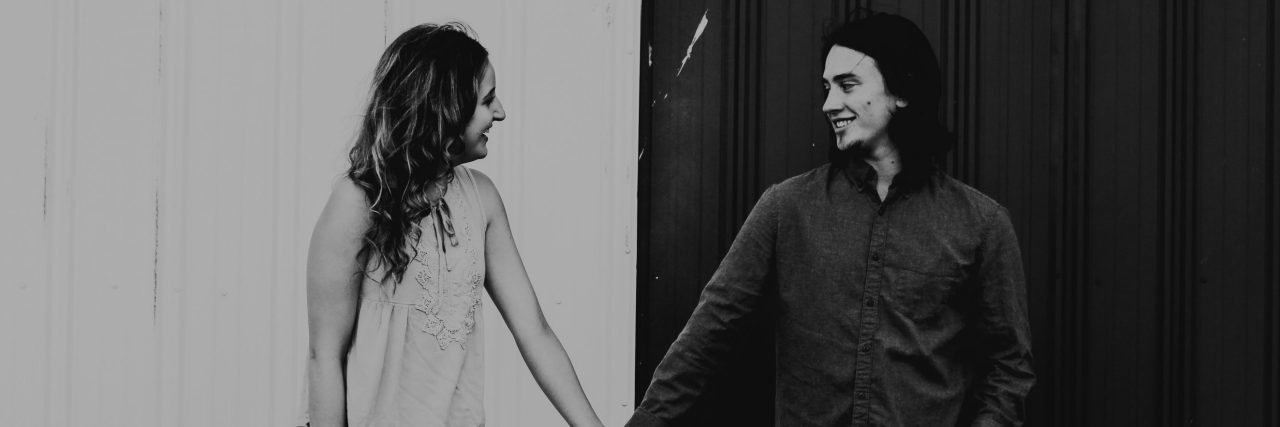We are all well aware of the intoxicating stages of falling in love: the blissful euphoria, that intense longing for another person, elation, and of course a hint of smirking grandiosity. But, someone living with bipolar disorder might recognize that emotional state as all too familiar outside of romance. As one who is “in love,” it doesn’t seem fair to constantly ask the question:
• What is Bipolar disorder?
“Is my undying devotion to someone apart of mania or based in reality?”
If I have learned anything over the past decade, living undiagnosed, and how it correlates to relationships, it’s the truth behind the pattern and the chaos it truly holds. The core similarities of previous relationships, while undiagnosed, always started with a reckless lack of judgment, impulsive over-the-top actions and a means to an end of my own egoism. That first flush of happiness is, in fact, the antidote for all that is amiss in life — the trials and tribulations of daily existence. The neurological reaction of romantic love is a rush of dopamine through the same reward pathways activated in that of addiction. Unfortunately, in many cases, this can’t be distinguished between bipolar disorder’s imbalanced synapses misfiring in a completely different section of the brain. Falling in love was an ambivalent roller coaster ride, always acting on that rush of misfire when making long-term life decisions, and never really understanding my actual state of being: Manic.
The severe shift in mood when living with bipolar disorder is typically, but not always, at the mercy of environmental stimuli — basically good and bad life-stressors. Once mania is activated, the elevation of mood, arousal and energy is a perfect recipe for opening your arms to anyone, hoping they whisk you away and save you from yourself. This person unknowingly launches you into space where you float through the stars. Meanwhile, the malfunction of serotonin, dopamine and noradrenaline creates euphoria, in which “marriage,” “children” or just plain “forever” are the only pieces of the puzzle. As you can see, there is a certain vulnerability that creates a very distorted picture of “happily ever after.”
Years later, I can honestly say I wasn’t a victim of these relationships, but more a victim of myself. I lacked self-awareness and any type of healthy gauge, which led to the constant repeat of toxic patterns. And now, at the age of 30, a single mother of two, diagnosed and forgoing treatment, I have found truly connecting with another person on a stable level is more than that rush of misfire could ever procure: it actually continues to persist, grow, flourish and bind you to a reality that life is about being brave enough to try and fail, and it be OK. But, of course, always under diligent review and focused awareness, I still take my illness into account.
Just like on the road to recovery with addiction, it is important not to pursue a romantic relationship while undergoing treatment when first diagnosed. The trick is to examine the object of one’s feelings, along with the feelings themselves, regaining your own trust, control and perspective.
When a new relationship takes hold, take a step back and really connect first with yourself, and gauge where you are mentally and emotionally. Focus on your routine, note your judgment and be aware of your impulsivity. It is extremely plausible to live with bipolar disorder and navigate through a relationship wisely, enjoy intimacy, and love wholeheartedly.
One of the most valued and necessary of all human experiences is love, and we are all entitled to finding those people who accept and love our brains exactly as they are.
Photo by Joanna Nix on Unsplash

